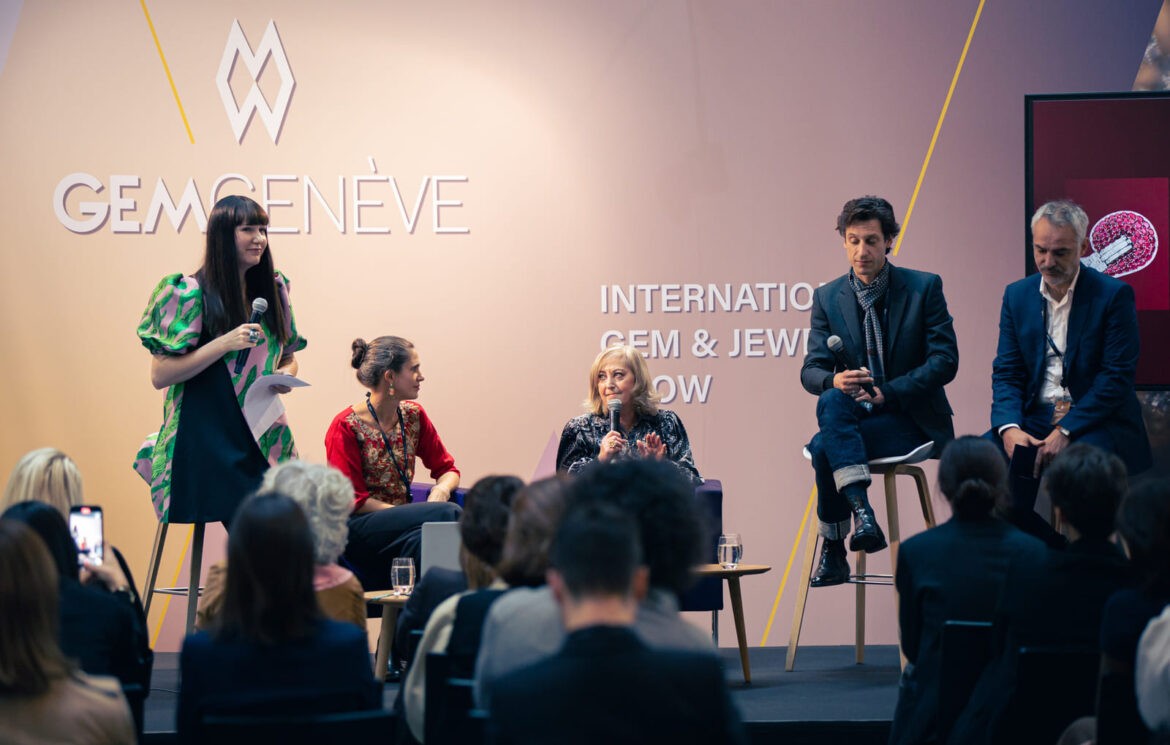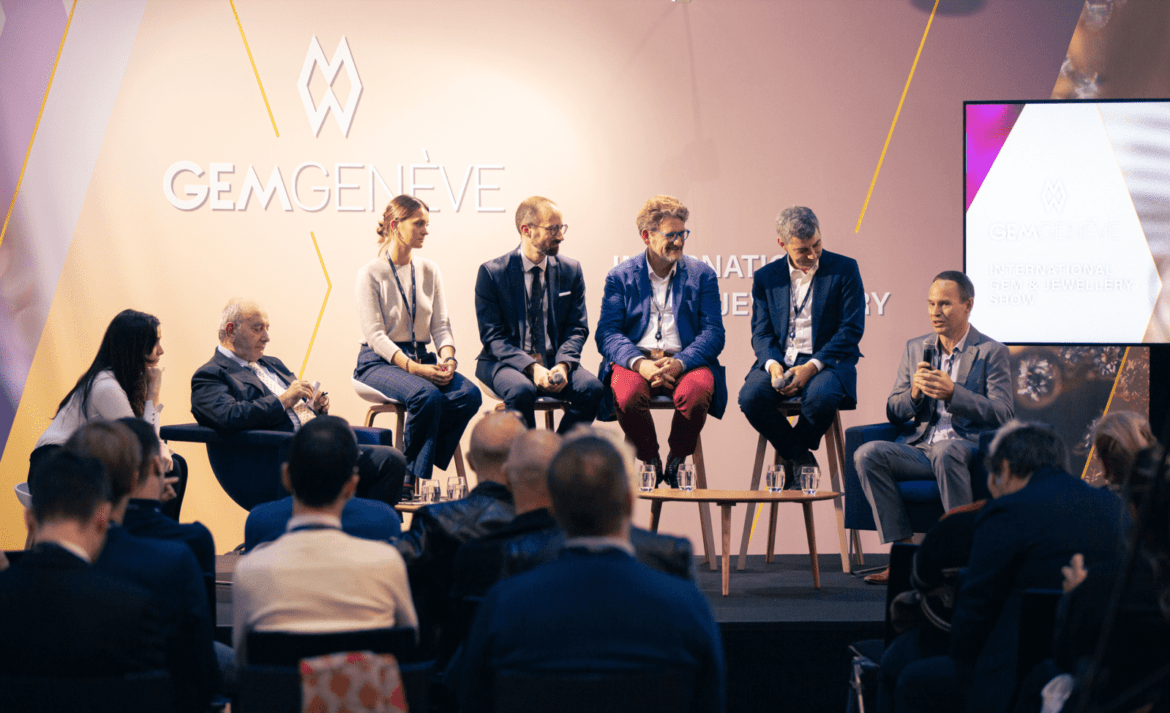What makes exceptional design?
Panel discussion moderated by Katerina Perez (influencer), with David Roux-Fouillet (Head of the Department of Product Design, Jewellery and Accessories, HEAD Geneva), Olivier Bachet (expert), Vivienne Becker (jewellery historian, author) and Alix Dumas (Designer) Sometimes we look at a piece of jewellery and we fall in love with it ...



